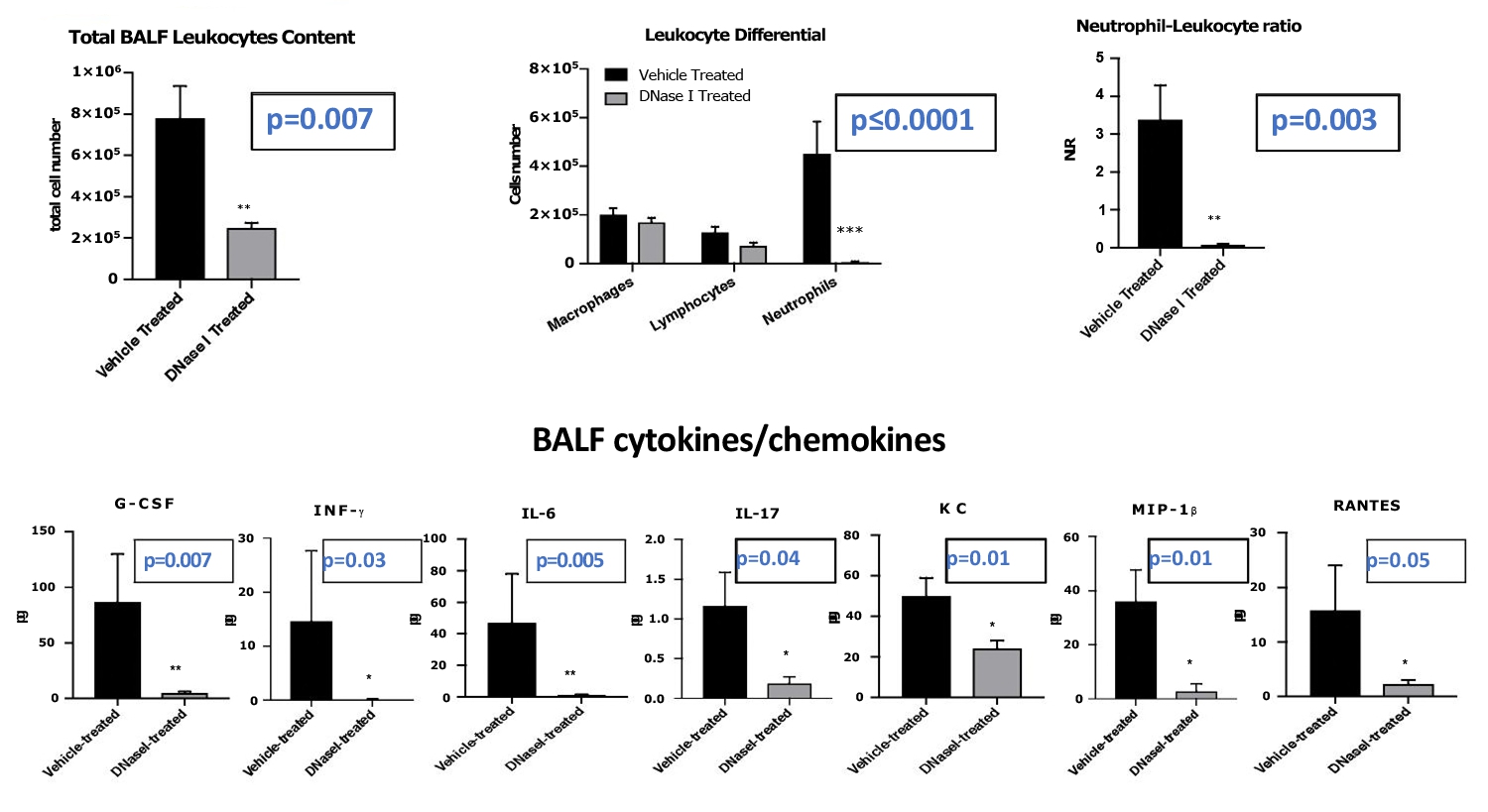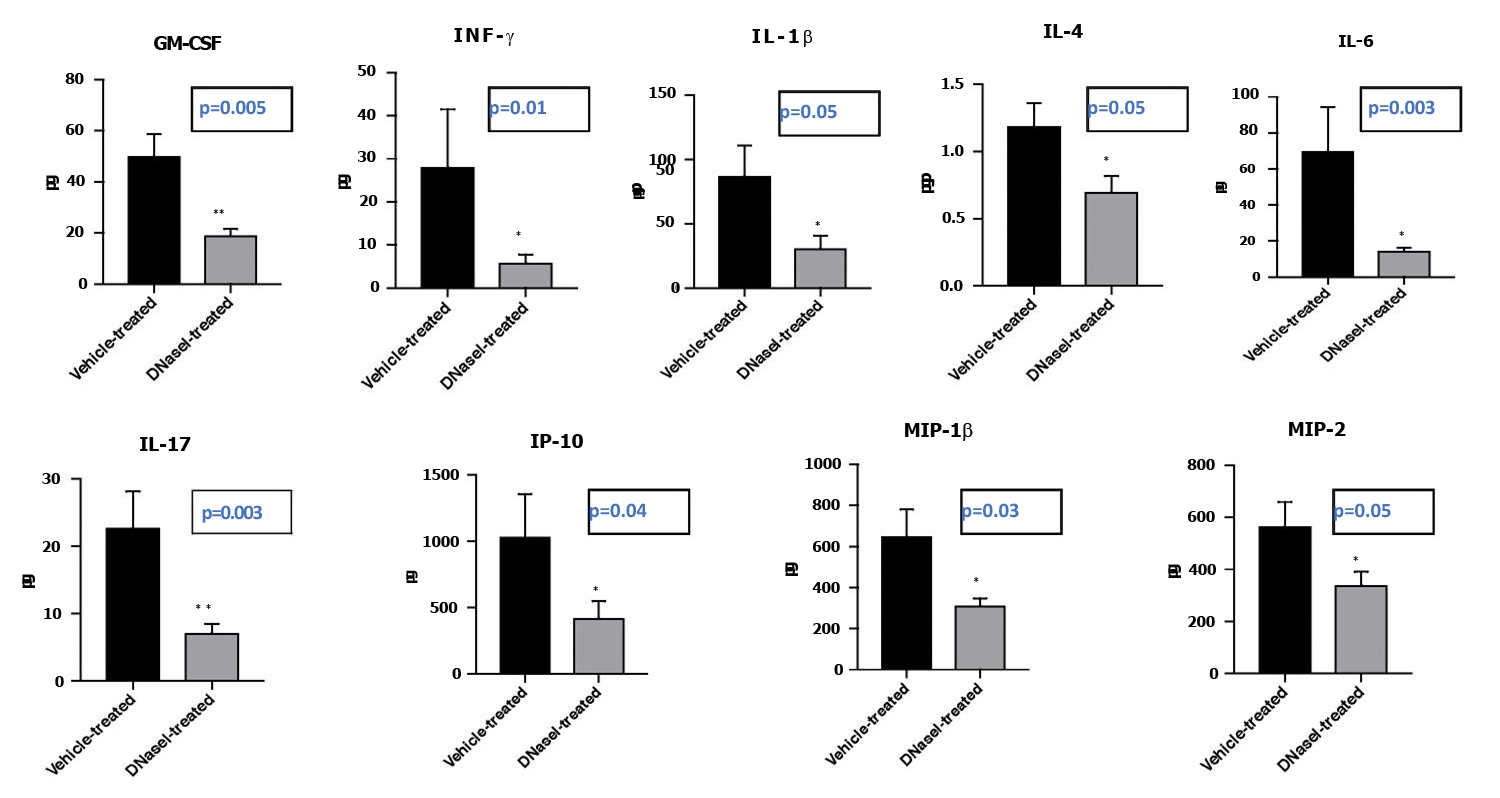FDA ORPHAN DRUG STATUS

SARCOMEDUSA HAS OBTAINED FDA ORPHAN DRUG STATUS
Our preclinical animal studies allowed for FDA Orphan drug approval. This FDA
status grants faster approvals, provides tax advantages, FDA fee reductions and
carries seven (7) years exclusivity.
The Murine sarcoidosis model study below was used by SarcoMedUSA for
Orphan Drug Status approval.
NAME AND DESCRIPTION OF THE STUDY DRUG PRODUCTS
- Propionibacterium acnes (P. acnes) is the only microorganism isolated from sarcoid lesions.
- P. acnes trigger factor protein causes a cellular immune response only in sarcoid patients and
induces pulmonary granulomas in mice sensitized with the protein and adjuvant. - Mice are treated with heat-killed P. acnes 28 days before therapy to ensure that the inflammation in
the lung of a sarcoidosis like condition is fully established prior to the initiation of therapy
Introduction of heat-killed P. acnes (PA) is based on the following schedule
- Day Zero (sensitization) –The mice are injected intraperitonially with 250 μL of the 2 mg/mL PA suspension
- Day 14 –The mice were challenged with 50 μL of the 10 mg/mL PA suspension (intratracheal instillation)
- Day 28 –The mice were challenged with 50 μL of the 10 mg/mL PA suspension (intratracheal instillation)
Animals are randomly assigned to a group to a treatment group. Three hours following Day 28 PA instillation, mice received an intranasal instillation of PBS or DNase I
- There were 8 animals in the control group (PBS –50 μL)
- There were 8 animals in the test group (DNase I -5 μg/50 μL)
- Infammatory markers are measured in the control and test mice then compared after four weeks of therapy
Propionibacterium acnes (P. acnes) is the one of the microorganisms isolated from sarcoid lesions. P. acnes [protein & adjuvant]
triggers a cellular immune response in sarcoid patients and induces pulmonary granulomas in sensitized mice. The heat-killed P.
acnes is employed 28 days before therapy to ensure that the inflammation in the lung of a sarcoidosis-like condition is fully
established prior to the initiation of therapy. In our study there were 8 animals in the control group (PBS) and 8 animals in the
test group (rDNAse1). Inflammatory markers are measured in the control and test mice then compared after four weeks of
therapy [day 56]:
- Significant decrease in all treated BALF cell cytokines/chemokines: g-CSF, INF-γ, IL-1β, IL-4, IL-6, IL-17, IP-10, MIP-1β, and MIP2 (p
value range 0.003 to 0.05). - Significant decrease in BALF leucocyte content in the lungs (p=0.007); total neutrophil content (p≤0.0001) neutrophil-leukocyte ratio (p=0.003).
SEE RESULTS BELOW:
STUDY RESULTS -BRONCHOALVEOLAR LAVAGE FLUID (BALF)
STUDY RESULTS -LUNG HOMOGENATE
STUDY RESULTS -HISTOLOGY
- The reduction in the number of granulomas and the average area as seen in hematoxylinandeosin (H&E) slides paralleled the data shown above
- In addition, lower edema formation in the DNase I treatedmice (lungweight, lungindex, and protein content) was noted, further supporting that inhaled DNase I in this animal model of sarcoidosis was able to suppress inflammation, leading to granuloma formation



